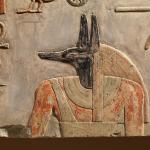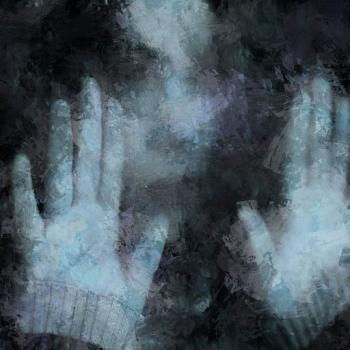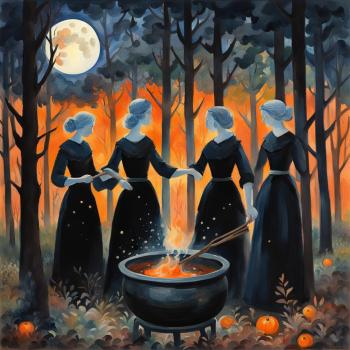Part of the path of being a witch for me is following the changing of the seasons. As the earth this year comes to life around us, I am struck by the feelings it generates within. Spring is not merely the greening of the year and the welcoming of warmer days. It is nature fighting to bring forth new life, new beginnings, but also the death of winter and those things that have ended.
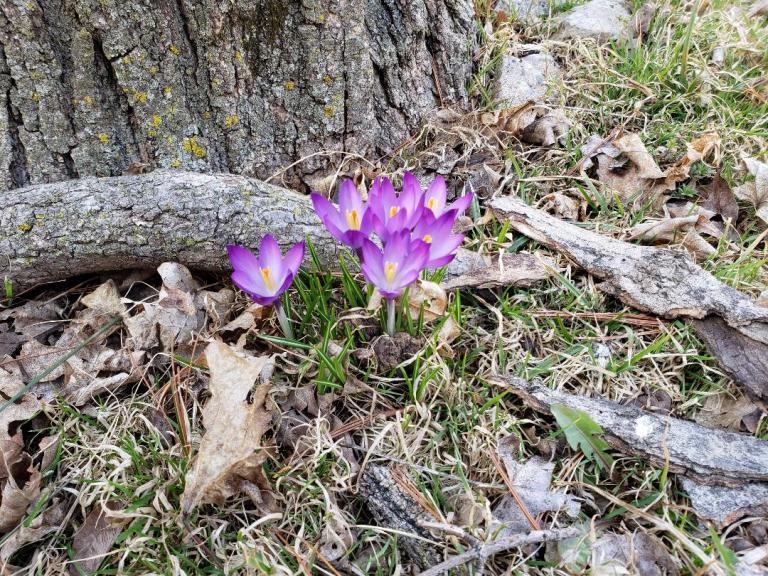
Spring for me starts first in watching the snow melt and the changes in the vegetation. The grass comes first, in a green wave. The first flowering plants appear as the weather slowly warms. Crocuses, snowdrops, dandelions, all these and more are important, not only in their message that spring is here, but also as early food for foraging pollinators such as honeybees. The trees are a little slower to get started, but once going, the leaves grow almost overnight and cover the woods in a vibrant wash of green.
I watch the spring migrations of birds. Certain species act as harbingers of spring. Everyone always watches for the first robins. I do too, but I also rejoice when I finally see the red-winged blackbirds and the turkey buzzards, heat-loving species that tend to come a bit later because they don’t like the chill of winter. I am also sad because the bald eagles are leaving. They winter here, and most leave to fly north to their nesting grounds, although each year greater and greater numbers of eagles remain behind to nest here along the river.
Living right along the Mississippi River, I am privileged to be a witness to the massive migrations of water birds. There is a backwater of the river nearby that is a stopping place for thousands of giant white pelicans and trumpeter swans on their flight back to their nesting grounds farther north. They stay for a day or two every year, and the sight of thousands of these birds in one place is awe-inspiring. They move on quickly, but usually one or two pairs of swans stay behind in this space to nest and raise their cygnets. Many species of ducks and other water birds make the trip as well. Last year I started carrying binoculars and a field guide for birds with me, and spent much of my free time exploring and identifying all the water birds I came across. It was a wonderful way to connect with nature.

This year, spring along the river has been quite different. The town where I live is dealing with major flooding, and the patterns have been disrupted. The normal stopping places for the spring migrations and nesting sites are all under water. The birds are adaptable though, and have adjusted their stopping points to places that are more convenient for them to rest.
I see spring in the ragged coats of the deer, shedding their gray winter fur and showing bits of the bright red summer coat underneath. Their bodies are thin now, but filling out with the abundance of the new grass and browse that has appeared seemingly overnight. The new fawns will be coming soon, ushering in new life to the warming woods and fields that surround us here, but the warmth also melts the snow that covered the bodies of animals that died in the winter cold, and leaves their bones exposed to the sun and rain as a reminder of what has passed. Those bodies serve their purpose too, nourishing a hundred different creatures and allowing many lives to continue with their death.
All of the animals are actively moving around again. Just the other day I watched a hawk chasing a smaller bird, and then a day later watched a different hawk carrying a snake in its talons. The red foxes are running and preparing for their cubs, and the little ground squirrels and other small creatures are abundant. Just in the last few days the butterflies have begun to make their appearance. When I was a child there were massive numbers of many species of butterflies and other insects, from spring all the way through fall. I see so many less now, it alarms me. I am planning to plant milkweed and other pollinator plants in an effort to help bolster their numbers.
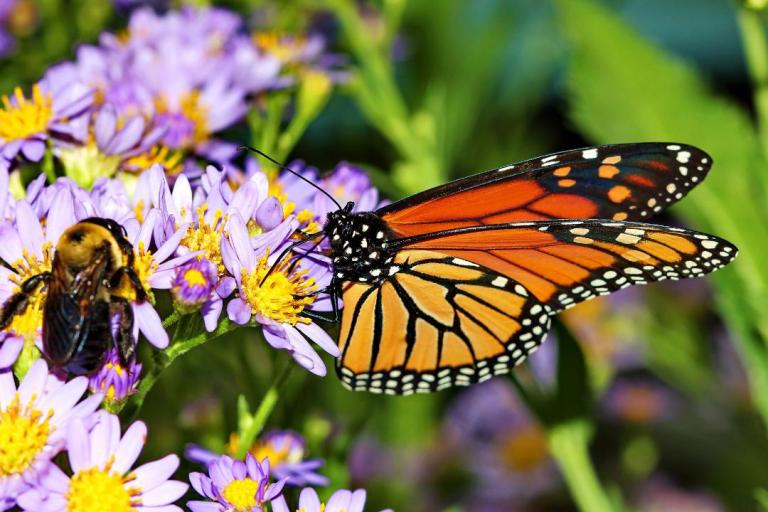
As a witch and a pagan, it is important for me to help where I can. As a member of a nature religion, just giving lip service to nature isn’t enough. It is vitally important for all of us to do what we can to help, as so many species are in peril right now. Do what you can, and even just the little things can add up. Change starts at home. Plant that milkweed plant. Stop spraying those early dandelions with Roundup. Start beekeeping. Actually spend time in nature. Spend an afternoon with a bird feeder and a field guide. When we learn about the natural world around us, it brings it home more deeply that our world is worth caring about, and caring for.
Spring blessings!



